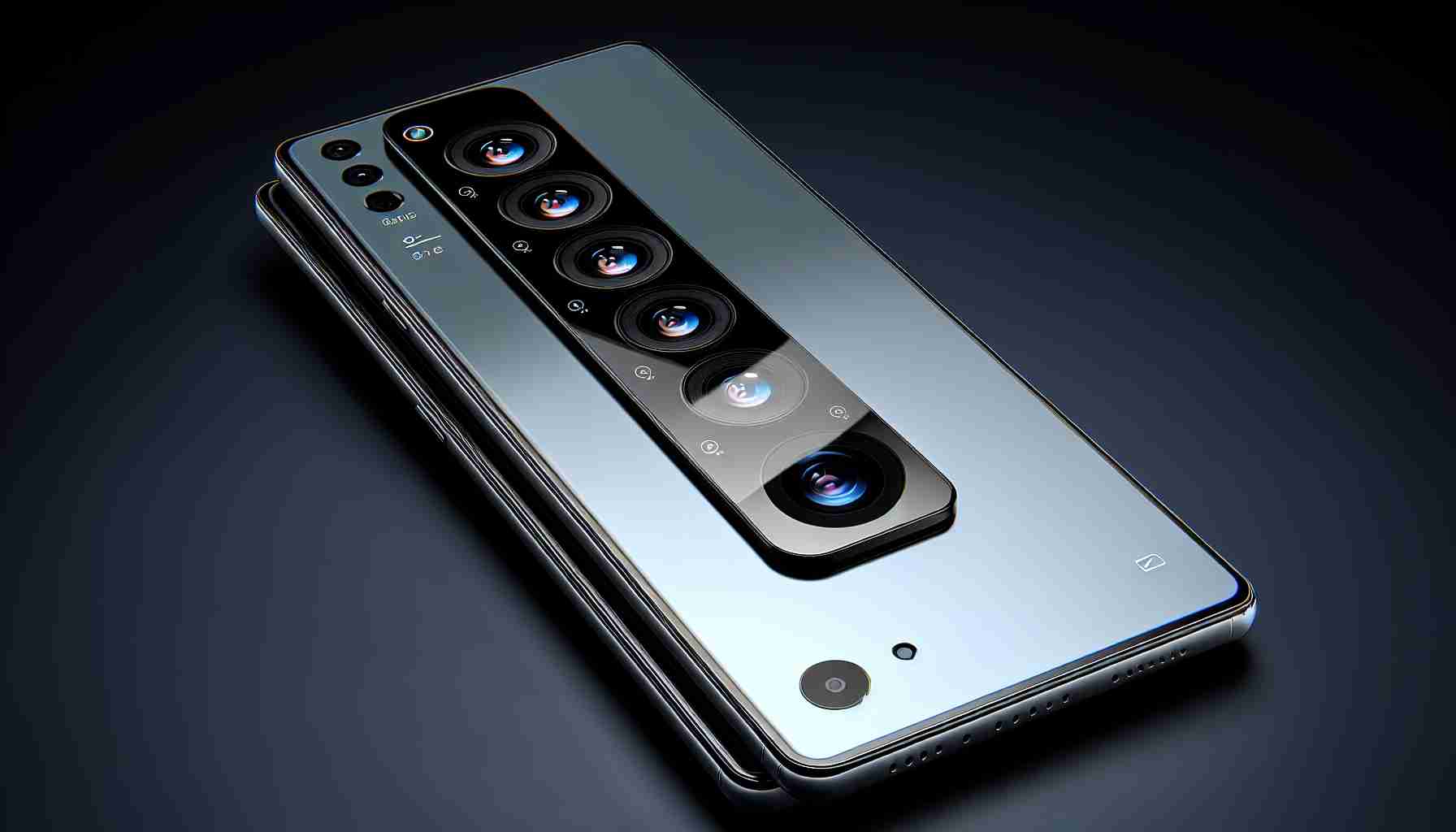vivo’s Impressive X100 Ultra Launch Unveils Cutting-Edge Camera Capabilities
Smartphone heavyweight vivo has lifted the curtain on their latest flagship model, the X100 Ultra, and tech enthusiasts are excited. Boasting a photography suite that challenges even professional equipment, the X100 Ultra is setting a new standard.
Revolutionary Camera Technology for Ultra-Sharp Images
At the heart of its camera technology is the monumental 1-inch type main camera, equipped with the Sony LYT-900 sensor for unparalleled clarity and detail in images. Complementing this is the unprecedented 200MP periscope lens, featuring a groundbreaking 1/1.4″ ISOCELL HP9 sensor, thanks to a partnership with Samsung. This periscope lens isn’t just about high megapixel counts — it delivers an 85mm equivalent focal length, impressive light sensitivity, and an f/2.67 aperture.
Advanced Zoom and Stabilization for Pristine Photos
The periscope cam provides a practical 3.7x optical zoom and a telephoto macro mode expanding up to 20x magnification while ensuring sharp, steady shots with its industry-leading 4.5 CIPA-rated telephoto stabilization. These features, along with vivo’s newly introduced BlueImage algorithm, promise to solve common photography issues such as backlit scenes and low-light environments.
Powerful Performance and Dynamic Display
In addition to its camera prowess, the X100 Ultra boasts an expansive 6.78-inch E7 LTPO AMOLED display, offering dynamic adjustment from 1 to 120Hz refresh rate, and achieving a staggering 3,000 nits of peak brightness. The device operates on the robust Snapdragon 8 Gen 3 chipset, supported by up to 16GB of RAM and a whopping 1TB of storage.
Long-Lasting Battery and Premium Design
Running on Android 14 with OriginOS 4, the device’s longevity is ensured with a 5,500 mAh battery, complemented by fast 80W wired and 30W wireless charging options. Available in elegant shades of Titanium, White, and Grey, the X100 Ultra is both a powerhouse and a statement piece. Starting at a competitive price, it is poised to become a market favorite.
Relevance of 1-Inch Type Sensors in Smartphones
The introduction of 1-inch type sensors represents a significant leap in smartphone camera technology. These large sensors are typically found in high-end compact cameras and are valued for their superior image quality, especially in low light conditions. By incorporating a 1-inch type sensor from Sony, the Vivo X100 Ultra bridges the gap between smartphone cameras and dedicated photography equipment. This enhancement can offer greater dynamic range, better noise control, and a shallower depth of field for more professional-looking photographs.
Impact of High Megapixel Count and Sensor Technology
The integration of a 200MP periscope lens with the Samsung ISOCELL HP9 sensor is a bold move in smartphone photography. High-megapixel cameras can capture an extraordinary level of detail, allowing for more flexibility in post-processing, such as cropping without noticeable loss in quality. Additionally, advanced pixel-binning technology, which combines multiple pixels into one to improve low-light performance, is likely to be a contributing factor in the HP9 sensor’s ability to deliver clear images in various lighting conditions.
Questions and Answers about the Vivo X100 Ultra’s Photography Features
Q: How does the Vivo X100 Ultra’s camera compare with professional cameras?
A: The Vivo X100 Ultra’s camera system with a 1-inch type main sensor and a 200MP periscope lens competes closely with professional cameras, particularly in terms of sensor size and resolution. The larger sensor size and the high megapixel count can allow for impressive image quality, although professional cameras may still offer advantages in terms of lens quality, optical zoom range, and manual controls.
Key Challenges and Controversies
One potential challenge for the Vivo X100 Ultra could be managing the file sizes of 200MP images, as they may consume a significant amount of storage space and require more processing power to edit. Additionally, while this high megapixel count is impressive on paper, it does not automatically translate to better image quality due to other factors like optics and image processing algorithms, which could be a point of contention for photography purists.
Advantages and Disadvantages
The main advantages of the Vivo X100 Ultra include its revolutionary camera technology for capturing ultra-sharp images, advanced zoom and stabilization capabilities, the dynamic range of the display, powerful performance, long-lasting battery life, and premium design.
However, there are potential disadvantages to be considered. The high-resolution camera may result in very large image files, possibly leading to quicker depletion of storage space, which might necessitate more frequent data management or reliance on cloud services. High performance and advanced features could also potentially lead to higher power consumption despite the large battery capacity.
Related Links
If you would like to explore more about vivo and their other offerings, visit the official vivo website at www.vivo.com. Here you can learn about the company, their various smartphone models, and the latest technological innovations they bring to the market. Remember to validate links and information as the contents can change over time.
